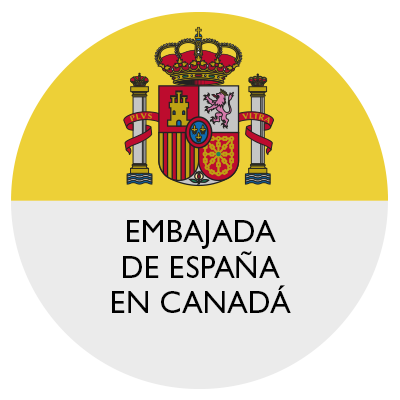The Sinking of the Fernando Poo
Creator: Sánchez, Paco
Source:
https://www.trasmeships.es/los-buques/fernando-poo/
Type: Photograph
Extent: 1 item
3.74188, 8.77407
Armed clashes began on September 23, 1936, when the rebels, advancing from Kogo and Río Benito, attempted to march on Bata but were intercepted near Comandanchina. Both groups were led by white non-commissioned officers and composed of Black troops: one side shouted, “Halt in the name of the Republic!” while the other cried, “Long live the Army! Arriba España!” Two members of the government forces were killed in the clash, but the Republicans emerged victorious. They first captured the rebels and then expelled them from the territory into Gabon. From that moment on, property owners opposed to the Popular Front began relocating on their own to the island of Fernando Poo. In Bata, the Republicans consolidated their position thanks to the activism of men like Ángel Miguel Pozanco, Alejandro Torres, and José Sierra Companys, cousin of the president of the Generalitat of Catalonia.
The ship Fernando Poo, anchored in the Bay of Bata, intended to sail to Santa Isabel, the capital of Fernando Poo. At that point, confusion and deception arose over who were the legitimate holders of power. Both sides claimed to represent the government: those in Bata tried to dissuade the ship from sailing, warning that the authorities in Santa Isabel intended to seize the vessel in order to take control of the mainland territory. In the end, after contacting Madrid, the Fernando Poo, received orders to return to Bata. Anchored once again in the Bay of Bata, it was turned into a prison, where several nuns, priests, and others suspected of conspiracy were detained.
A few days later, on October 14, the armed merchant ship Ciudad de Mahón, which had sailed from the Canary Islands, arrived in the Bay of Bata. It shelled a number of buildings that had been designated as targets, as well as the Fernando Poo, sinking it with the prisoners on board.
This photograph taken by Paco Sánchez shows the sunken ship in the bay. It would remain there for many years as a symbol—one that distorted the truth—of the supposed martyrdom of men who had “fallen for God and Country, victims of communist barbarism.” After this, a company of Moorish troops commanded by Francisco Pérez Berrueco disembarked in Bata and took control of the town. While Berrueco became deputy governor, the Republicans retreated inland along the Ebibeyín route toward Gabon.
Juan Fontán became the new strongman of the colony, implementing a harsh policy toward the detainees. The colonists donated 20 percent of their earnings for two years and sent a massive shipment of raw materials and foodstuffs to support the rebel cause. The surviving members of the Popular Front, the officials loyal to the Republic, and the crew of the Fernando Poo were deported to the Canary Islands in the first days of November, where they were confined in the concentration camp at the Old Lazaretto of Gando, in Las Palmas de Gran Canaria.
FSL







